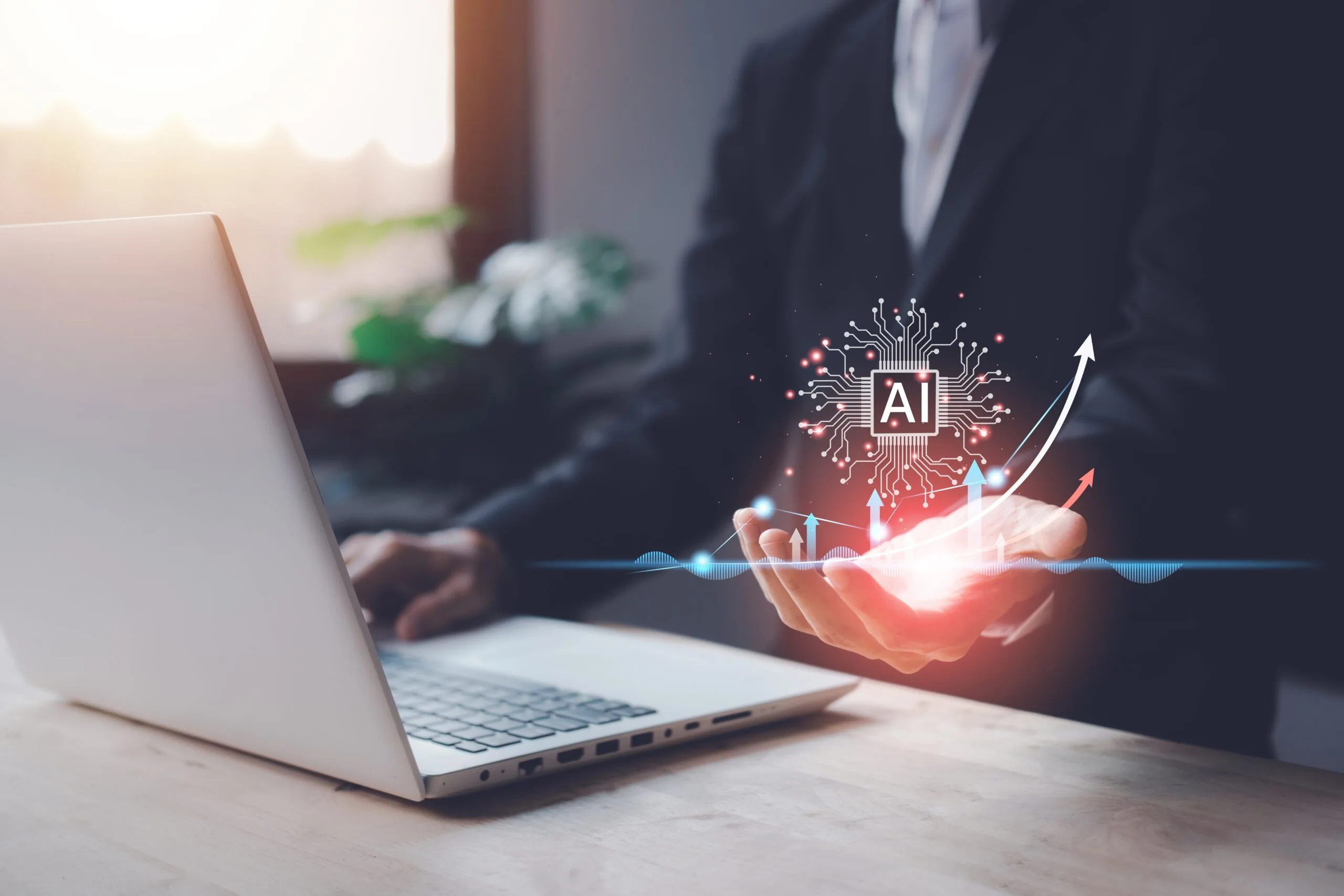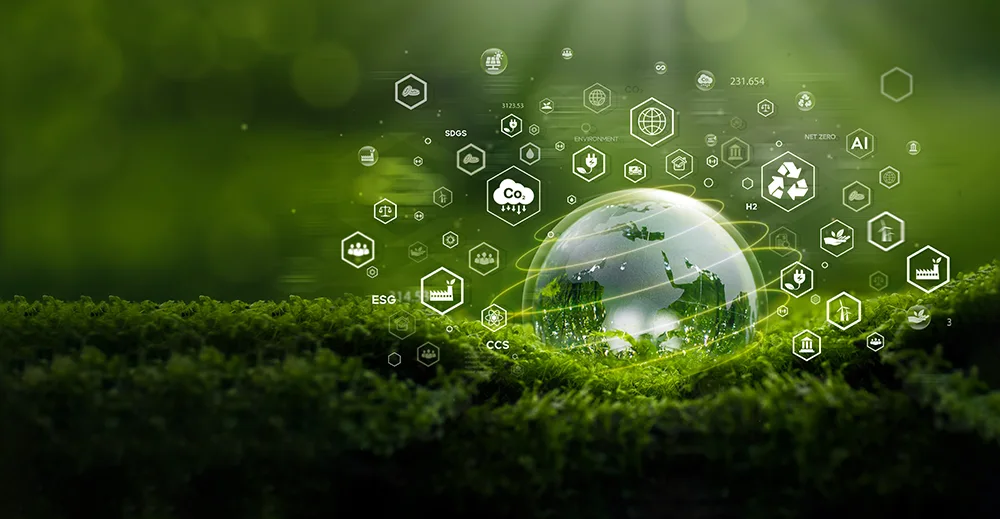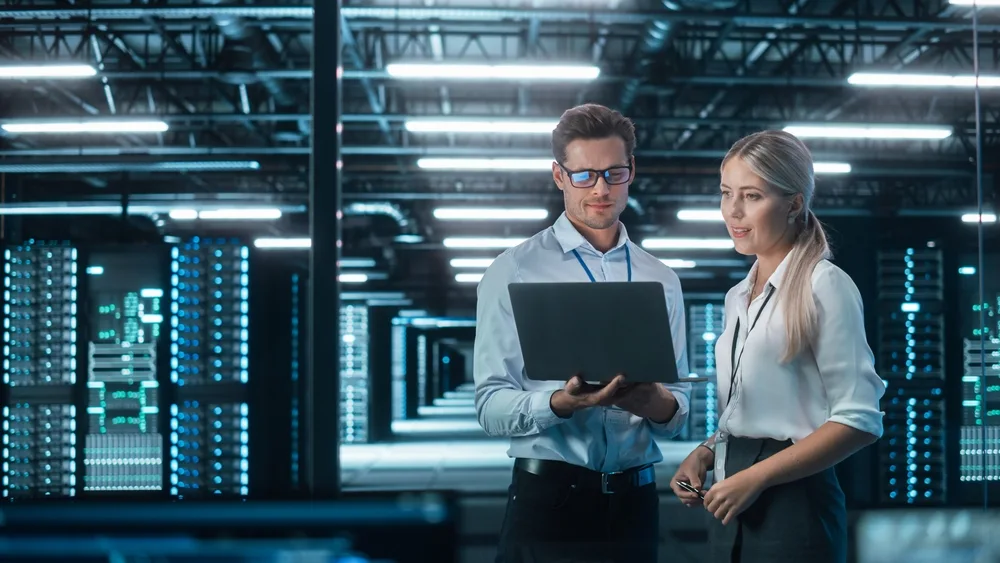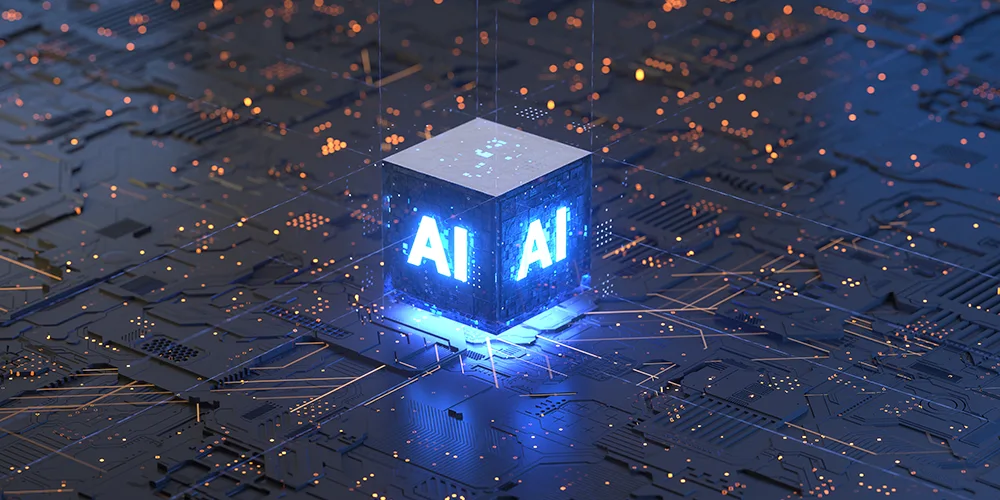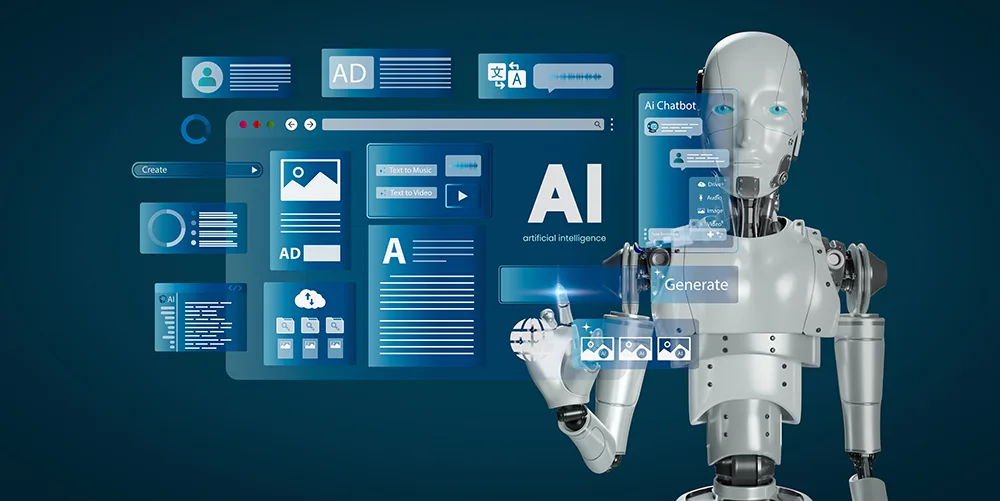Why upgrading to AI PCs makes financial and environmental sense
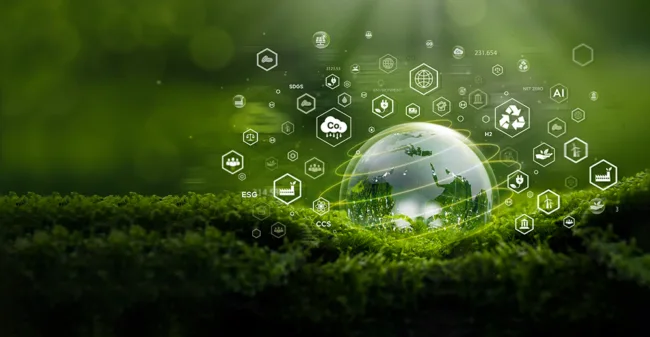
Posted on October 17, 2025 by Louise Howland
The ROI of smarter, greener, computing
The latest generation of true AI PCs, are equipped with an additional powerful computing brain called a Neural Processing Unit or NPU, these are designed to handle AI-powered tasks directly on the device. These systems deliver faster performance, but their value extends far beyond speed, offering efficiency, security, and longevity benefits that can directly impact an organisation’s bottom line and environmental footprint.
At ramsac, we believe technology decisions should support both business performance and sustainability goals. This principle is explored further in the book Greener Intelligence, written by our Executive Chairman, Rob May, where he looks at how smarter technology choices can create a positive impact on both profitability and the planet. Investing in AI PCs is a clear example of this thinking in action, combining improved productivity with reduced energy use and greater long-term value.
To understand the true benefits of upgrading, it is worth exploring how AI PCs differ from traditional devices and what that means for productivity, cost, and overall business performance.
AI laptops vs. traditional laptops
Before exploring the productivity benefits, it is helpful to understand how AI PCs differ from standard laptops. AI laptops feature a dedicated NPU that enables them to run AI tasks directly on the device. This results in faster performance, lower power consumption, and enhanced security, as sensitive data can be processed locally rather than in the cloud.
Traditional laptops rely solely on the CPU and GPU, which can slow down performance and drain battery life when handling AI or high-compute tasks. As software such as Microsoft 365 Copilot and Teams becomes increasingly AI-driven, AI PCs are better equipped to deliver seamless, intelligent experiences.
This shift means IT leaders can focus less on managing performance limitations and more on enabling intelligent, friction-free user experiences that empower teams to work efficiently. These differences form the foundation for how AI PCs are transforming modern productivity.

How are AI PCs transforming productivity?
AI PCs represent a significant step forward in how computers support work. Their dedicated NPUs process AI workloads locally, improving speed, reducing cloud dependence, and saving energy.
In Microsoft’s 2024 Work Trend Index, early adopters of Microsoft 365 Copilot reported saving up to 1.2 hours per day on routine tasks such as writing emails, summarising meetings, and drafting documents. AI PCs are designed to run these features more efficiently, with enhanced responsiveness and better battery performance compared to traditional laptops.
Manufacturers such as Intel and Qualcomm have demonstrated how AI-ready chips such as the Intel Core Ultra and Snapdragon X Elite improve system efficiency, extend battery life, and accelerate tasks such as image recognition and voice processing, all without overloading the CPU.
While saving an hour per employee per day may sound modest, at scale these incremental gains compound dramatically. For organisations with hundreds of users, this translates into thousands of productive hours reclaimed each month, alongside measurable reductions in energy consumption and cloud dependency.

What are the hidden costs of ageing devices?
Holding onto older hardware might seem cost-effective, but research consistently shows the opposite.
According to Gartner, extending PC lifecycles beyond three to four years increases support costs by up to 40 per cent, while also raising the likelihood of downtime and performance issues. Older devices often struggle with modern applications, leading to delays, lost productivity, and frustrated staff.
Outdated operating systems also pose serious security and compliance risks. For example, Windows 10 support ends in October 2025, meaning devices that cannot upgrade to Windows 11 will no longer receive vital security patches. In regulated industries, this can introduce vulnerabilities that affect GDPR or ISO 27001 compliance and potentially result in costly remediation or penalties.
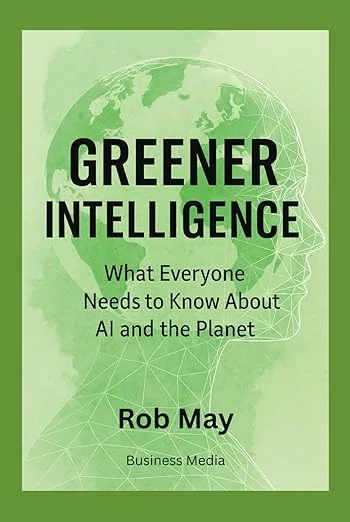
Outdated operating systems also pose serious security and compliance risks. For example, Windows 10 support ends in October 2025, meaning devices that cannot upgrade to Windows 11 will no longer receive vital security patches. In regulated industries, this can introduce vulnerabilities that affect GDPR or ISO 27001 compliance and potentially result in costly remediation or penalties.
Regularly refreshing devices not only reduces operational risk and cost, it also contributes to a more sustainable IT strategy by enabling better energy efficiency and responsible device recycling. This reflects the principles outlined in Greener Intelligence, where forward-thinking technology decisions are shown to deliver both financial and environmental benefits.
Real-world applications of AI PCs
Across industries, organisations can gain competitive advantages by deploying AI-enabled devices. Here are some examples of how various sectors might make use of these technologies:
💼 Professional services: Firms could use Microsoft Copilot to streamline document creation and speed up client meeting preparation, allowing professionals to focus more on analysis and decision-making rather than administrative tasks.
🎨 Creative industries: Designers and marketers might take advantage of faster rendering, automatic image enhancements, and AI-assisted brainstorming tools, helping teams deliver projects more efficiently.
🌍 Field-based roles: Engineers and consultants working remotely could process data and generate reports on-site, thanks to local AI processing that does not rely on constant connectivity.
Beyond specific use cases, AI PCs empower teams to work more flexibly and creatively, removing friction from everyday tasks. When technology feels effortless, people can focus more on innovation and problem-solving, driving both business growth and employee satisfaction.
Future-proofing your technology and investing strategically
Beyond performance, AI PCs are built for the future. As AI-driven features continue to expand across Microsoft 365, Teams, and other core business tools, organisations using older hardware risk missing out on critical functionality. Investing in AI-ready devices today ensures teams remain compatible with the tools shaping tomorrow’s workplace. Upgrading is no longer just about speed, it is about security, compliance, and readiness for the next generation of computing.
At the same time, upgrading to AI PCs is not simply an IT expense, it is a strategic investment. The evidence shows that regular refresh cycles reduce support costs, strengthen security, and unlock measurable productivity gains.
Organisations that align technological innovation with responsible, sustainable decision-making will be best positioned to thrive in the years ahead. This is a core theme explored in Greener Intelligence, which highlights how intelligent, well-planned technology adoption can deliver both commercial success and positive environmental outcomes. Investing in AI PCs is one practical way to begin that journey, combining smarter performance with a clearer environmental conscience.
At ramsac, we help organisations plan technology upgrades strategically, aligning device lifecycles with business outcomes, compliance needs, and evolving AI capabilities. If you would like advice on preparing your organisation for the AI PC era, our experts are here to help.
How can we help you?
We’d love to talk to you about your specific IT needs, and we’d be happy to offer a no obligation assessment of your current IT set up. Whether you are at a point of organisational change, unsure about security, or just want to sanity check your current IT arrangements, we’re here to help.


